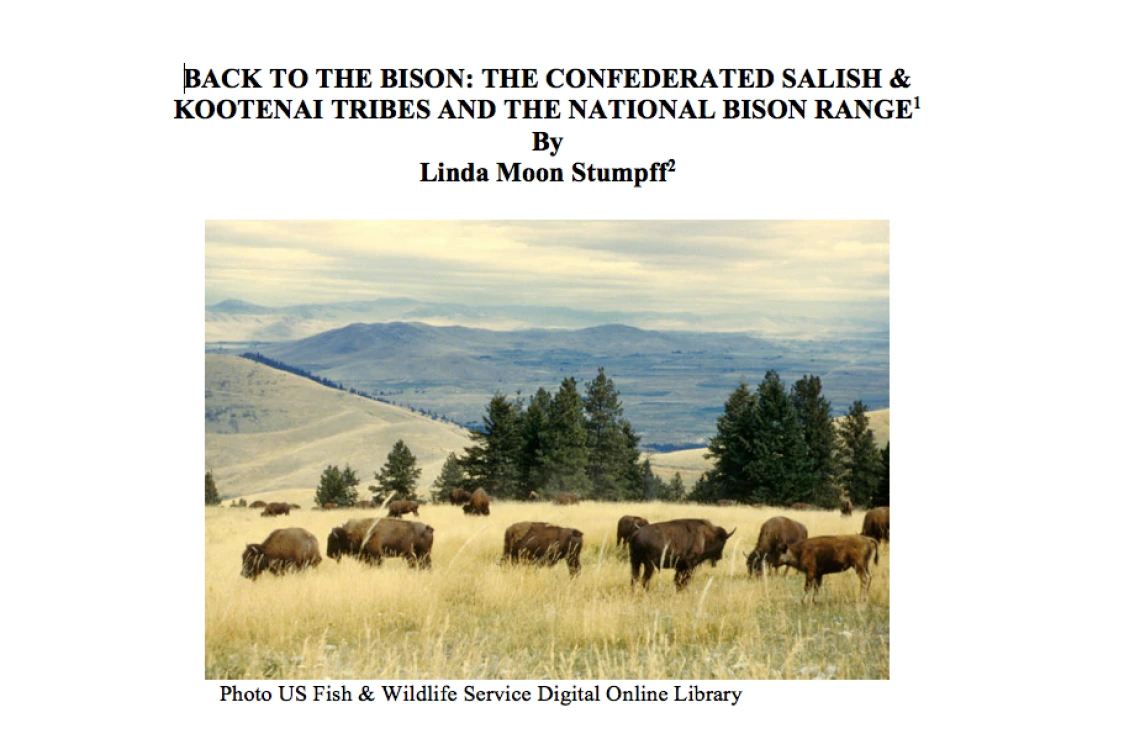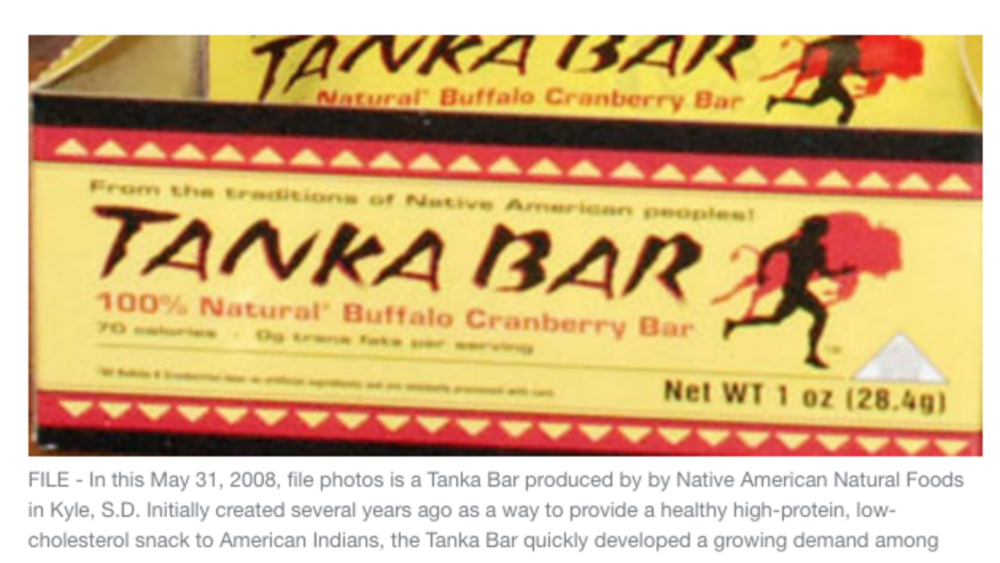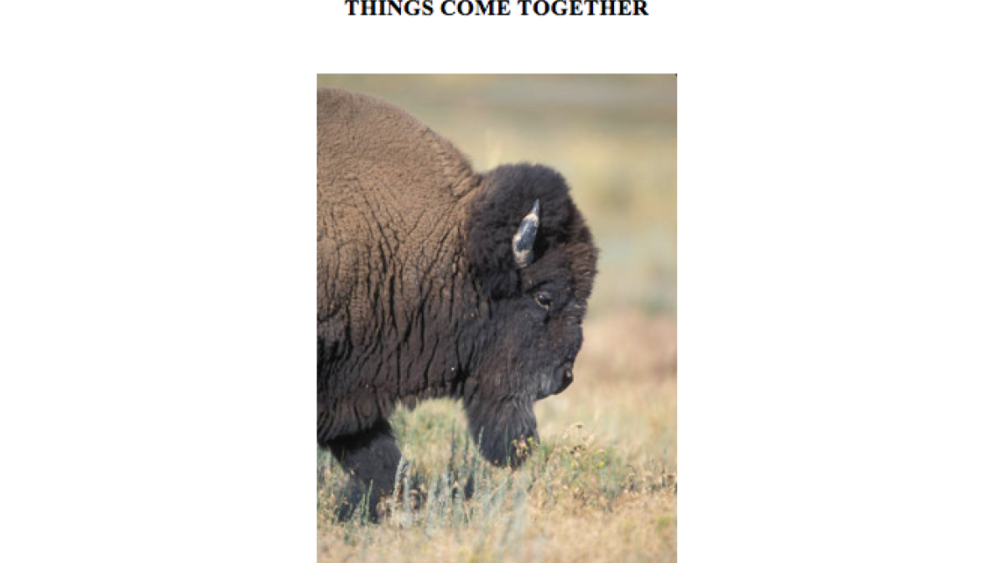Thirty years after taking over the reins of forestry, recreation, wildlife and other natural resource operations on their reservation lands, the Confederated Salish and Kootenai Tribes (CSKT) established a reputation for environmental leadership in wildlife, wilderness, recreation and co-management. As students work through "Back to the Bison," they participate in strategic decision-making from the perspective of how CKST made decisions about their relationship to the bison and to the surrounding lands, including the National Bison Range (NBRC). These relationships bring the Tribes into the process of evaluating the science of genetics and their own traditional ecological knowledge. Modern wildlife management practices based on western science are at issue and create opportunities for lively debate. This case provides opportunities for students to build research skills by reading and evaluating articles on genetics and the role of science and traditional ecological knowledge in wildlife management...
Additional Information
Stumpff, Linda Moon. "Back to the Bison Case Study Part I." Enduring Legacies Native Cases Initiative, The Evergreen State College. Olympia, Washington. 2010. Teaching Case Study. (https://nnigovernance.arizona.edu/back-bison-case-study-part-i, accessed March 7, 2023)



